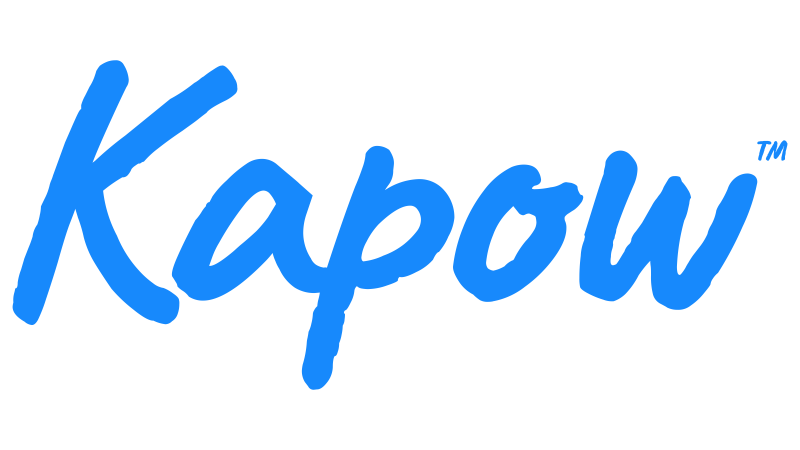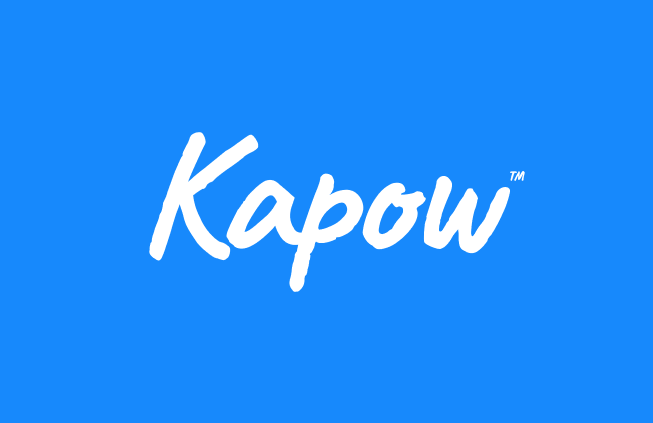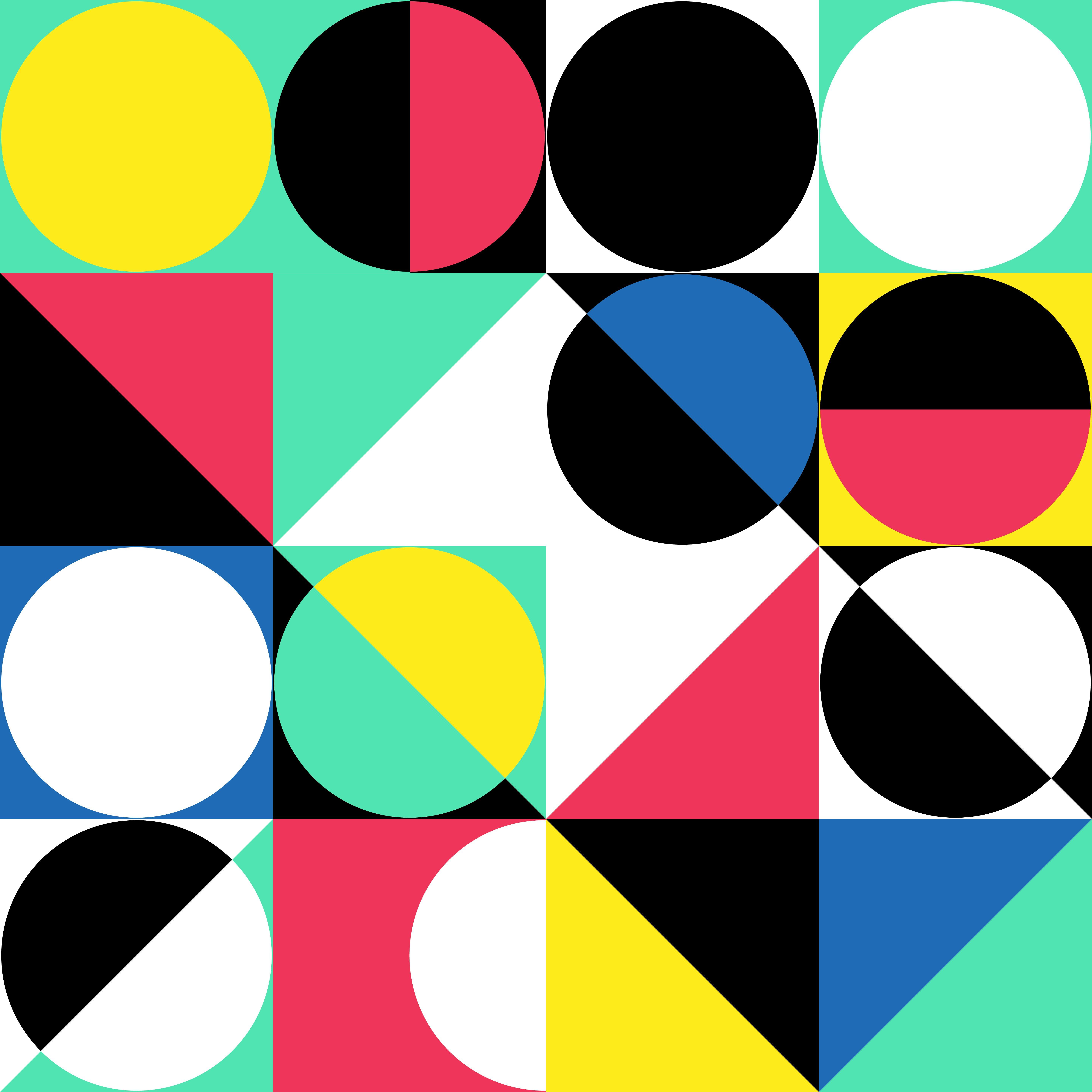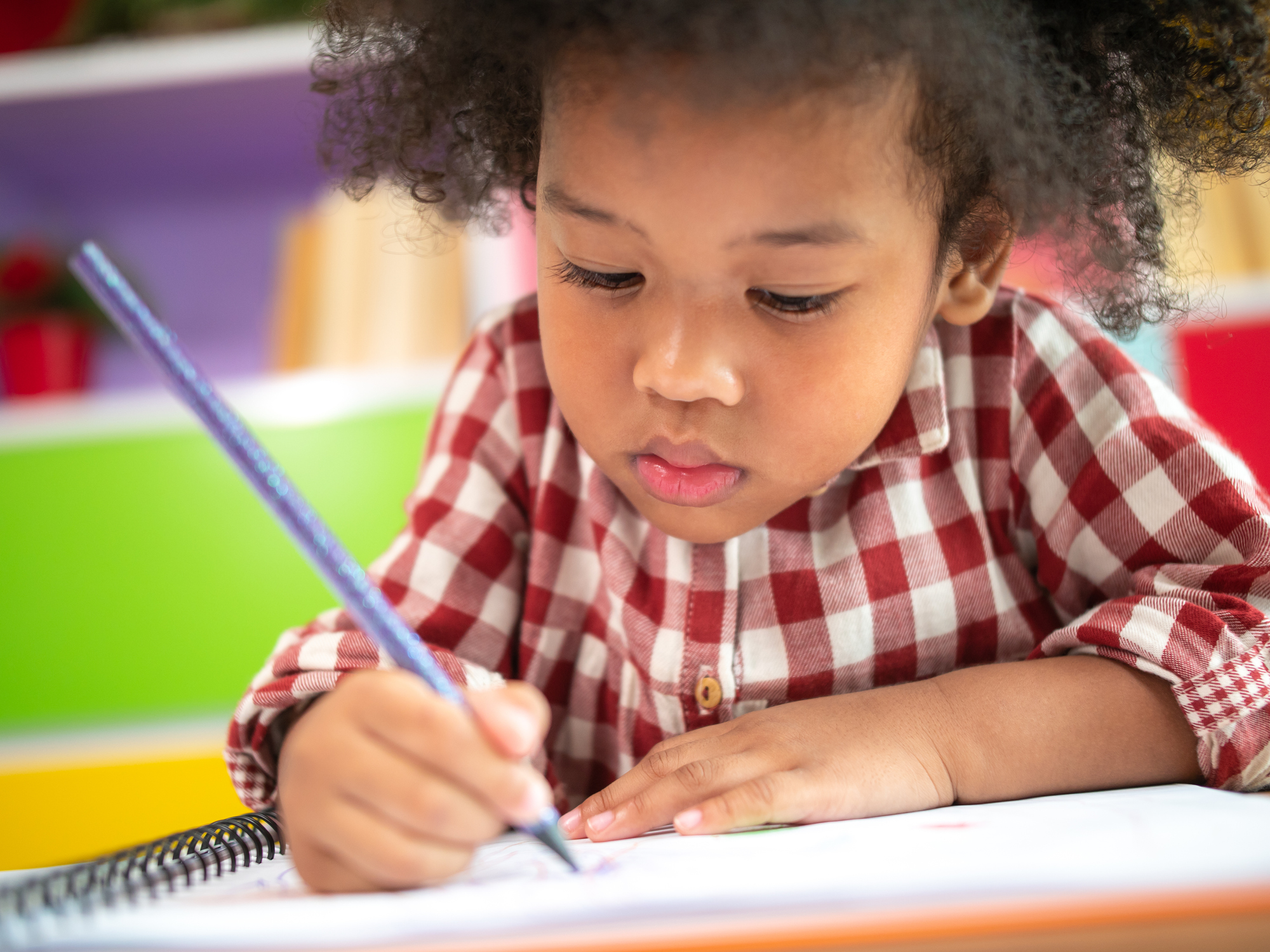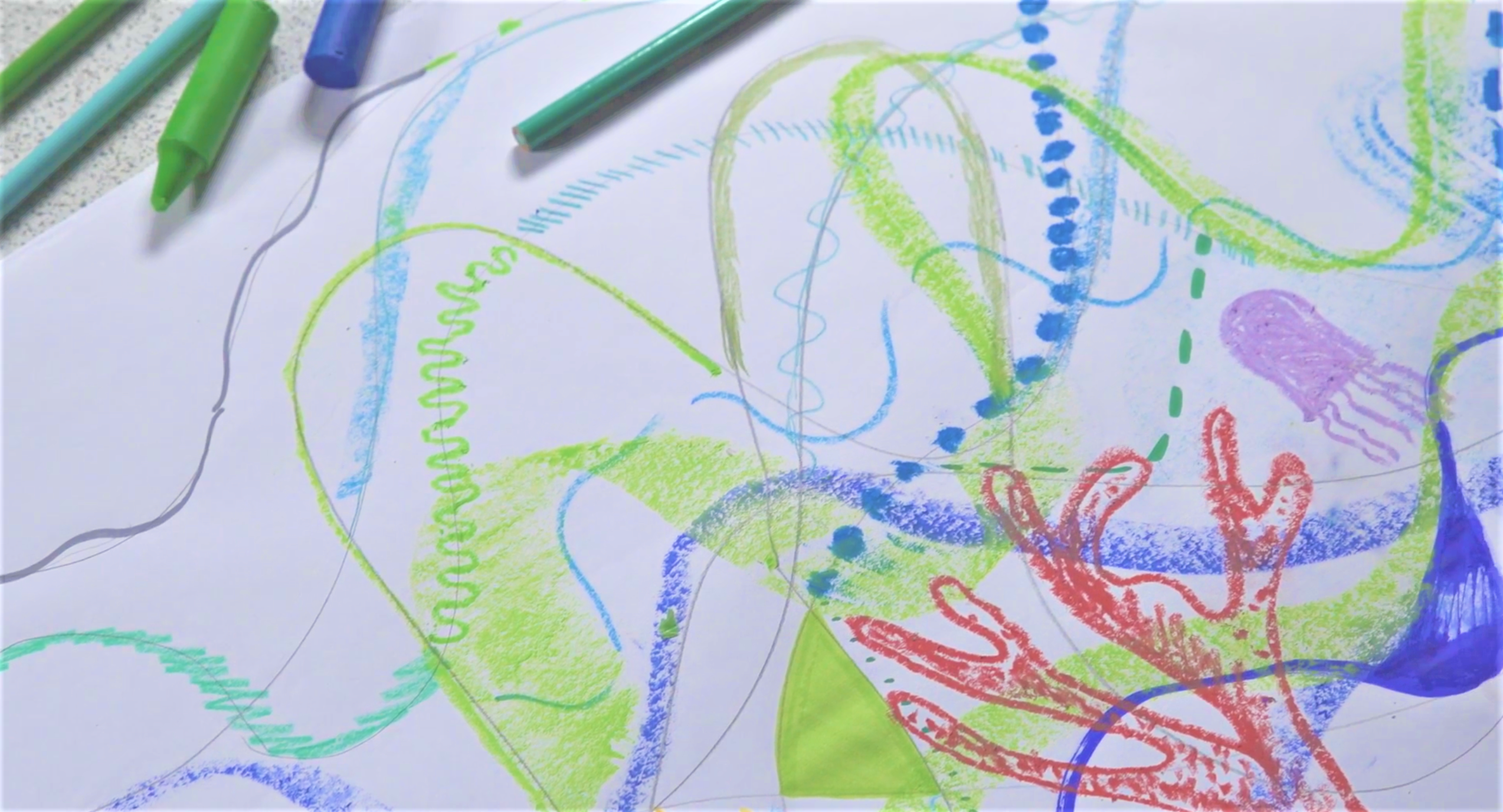Learning intention
- To explore lines and shapes in pictures for a portrait drawing.
Success criteria
- I can identify basic shapes in works of
This content is for subscribers only. Join for access today.
Cambridge Primary Art & Design (0067) Learning objectives
Experiencing
E.01 Encounter, sense, experiment
This content is for subscribers only. Join for access today.
Before the lesson
This content is for subscribers only. Join for access today.
Lesson plan
Recap and recall
Show the Presentation: Odd one out. In pairs, learners discuss which shape is the odd one out (different) and why. Take feedback. (Example answers: The square is different because it has straight sides. The organic shape is different because you can see it in nature.)
This content is for subscribers only. Join for access today.
Extended-mode explainer videos
How to extend your display to view the lesson page and preseantion mode simultaneously. Choose your operating system below to watch the video
If you need further support with extending your display,
please contact [email protected].
Differentiation
Learners needing support:
- Could look at a visual that shows and labels the different shapes.
- Could look at a visual that shows and labels the different parts of the face.
- Could receive guidance when they are tracing and naming the shapes and parts of their face.
Learners working at a stretch:
- Should add more features to their drawing, like hairline and glasses.
- Could add organic shapes as the parts of their face.
This content is for subscribers only. Join for access today.
Assessing progress and understanding
Learners with secure understanding can:
- Identify basic shapes in everyday objects and artwork.
- Use
This content is for subscribers only. Join for access today.
Vocabulary definitions
-
abstract
Art that does not look like it does in real life.
This content is for subscribers only. Join for access today.
In this unit
Lesson 1: Exploring line
Lesson 2: Musical lines
Lesson 3: Exploring shapes
Lesson 4: Shape in art
Lesson 5: Klee portraits
